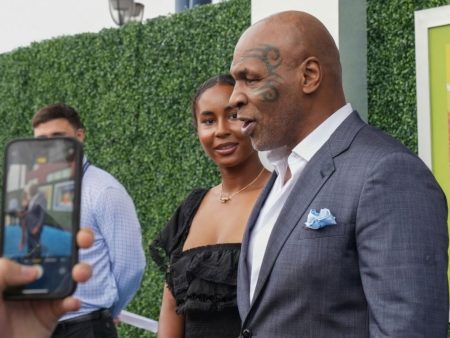Tracking the Rise of Super Bowl Ticket Prices: 1967–2024
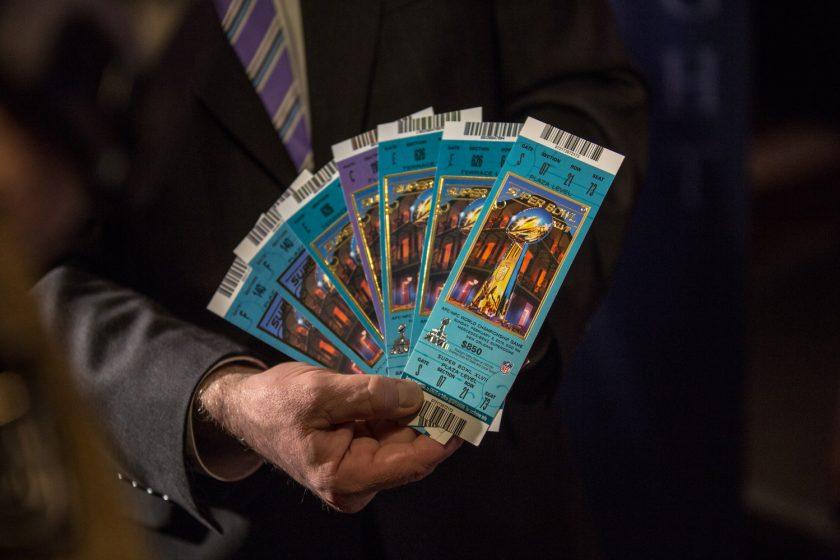
Lead image: U.S. Customs and Border Protection/Wikipedia Commons
How the Super Bowl’s Popularity Has Driven Ticket Prices Sky High
The Super Bowl has evolved into the nation’s biggest sporting event, attracting record-breaking audiences each year. The 2024 game was watched by a staggering 123.4 million viewers in the United States, setting a new TV record. As the game’s popularity soared, its tickets transformed from an accessible way to see a championship game into coveted luxury items, often traded at prices far above face value. In 2024, average resale prices reached $8,600, while some tickets soared to $54,000 on platforms like Ticketmaster—worlds away from the $12 seats sold at the first Super Bowl in 1967.
Early Years: Affordable Access (1960s–1970s)
The inaugural Super Bowl, originally called the AFL-NFL World Championship Game, took place at the Los Angeles Memorial Coliseum in 1967. Back then, the price for a ticket was $12—roughly $100 when adjusted for today’s inflation.
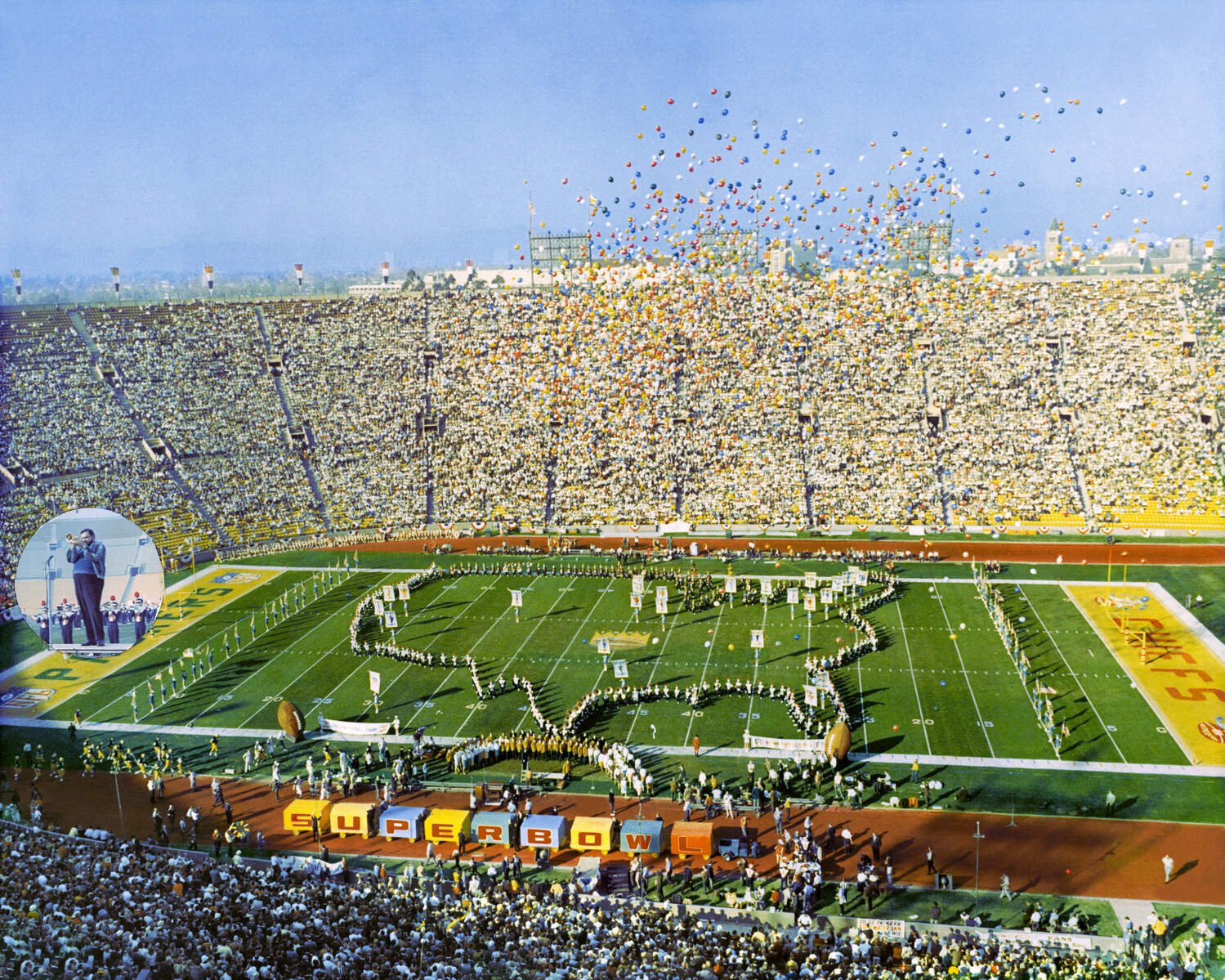
Image of Super Bowl I: Jimberg13/Wikipedia Commons
Despite being the only game not to sell out, it set the stage for future demand. Ticket prices remained at $12 for the next two years, with sellouts becoming the norm. In 1970, the price nudged up to $15, a sign of growing popularity. By 1975, the ticket price had jumped to $20 as the Pittsburgh Steelers clinched their first championship, increasing again to $30 by the close of the decade.
1980s: Accelerating Price Hikes and Growing Hype
With the Super Bowl’s increasing prominence, ticket prices began to escalate more rapidly in the 1980s. In 1984, Super Bowl XVIII tickets started at $40 and climbed to $60 in a single year.
The mid-1980s saw a steady upward trend, with fans paying more each year to be part of the spectacle. By 1988, the milestone $100 mark was reached for the first time at Super Bowl XXII—the result of both higher demand and the event’s growing prestige.
The Emergence of the Secondary Market in the 1990s
While ticket face values continued their march upward, the 1990s marked the arrival of a robust resale (secondary) market. In 1991, the official price for entry was $150, but actual costs were often much higher due to resellers capitalizing on the game’s appeal outside venues like Tampa Stadium.
By 1995’s Super Bowl XXIX, the average listed price reached $200, doubling in seven years. The trend intensified: at the close of the millennium, in 1999, tickets for Super Bowl XXXIII fetched $325. This era was punctuated by record-setting performances, such as Broncos quarterback John Elway becoming the oldest Super Bowl MVP at age 38.
2000s: Soaring Costs and the Online Ticket Boom
Ticket prices kept climbing as the new century began. By 2002, face values had grown to $400—a cost New England Patriots fans paid to witness Tom Brady’s first championship. Nineteen years later, ticket prices for his final Super Bowl appearance with the Tampa Bay Buccaneers would average $8,000 on the resale market.
Mid-decade, the secondary market exploded. By 2006, resale tickets for Super Bowl XL could fetch over four times their original price, making it rare to find any ticket under $1,000. Online marketplaces played a key role, solidifying the Super Bowl ticket as a high-priced commodity.
2010s: When Resale Prices Ruled the Market
The 2010s kicked off with ticket face values at approximately $900–$1,000, but the actual cost for eager fans was much steeper. Secondary market prices for Super Bowl XLIV (2010) averaged $2,329 as the New Orleans Saints claimed their first title and TV audiences surpassed 100 million.
A particularly sharp increase came in 2015 at Super Bowl XLIX, when resale prices peaked at an average of $9,723. In the final hours before kickoff, the cheapest ticket available was over $11,000—a stunning jump that marked the ascendancy of resale platforms. In 2018 (Super Bowl LII), some tickets on secondary sites listed for over $20,000.
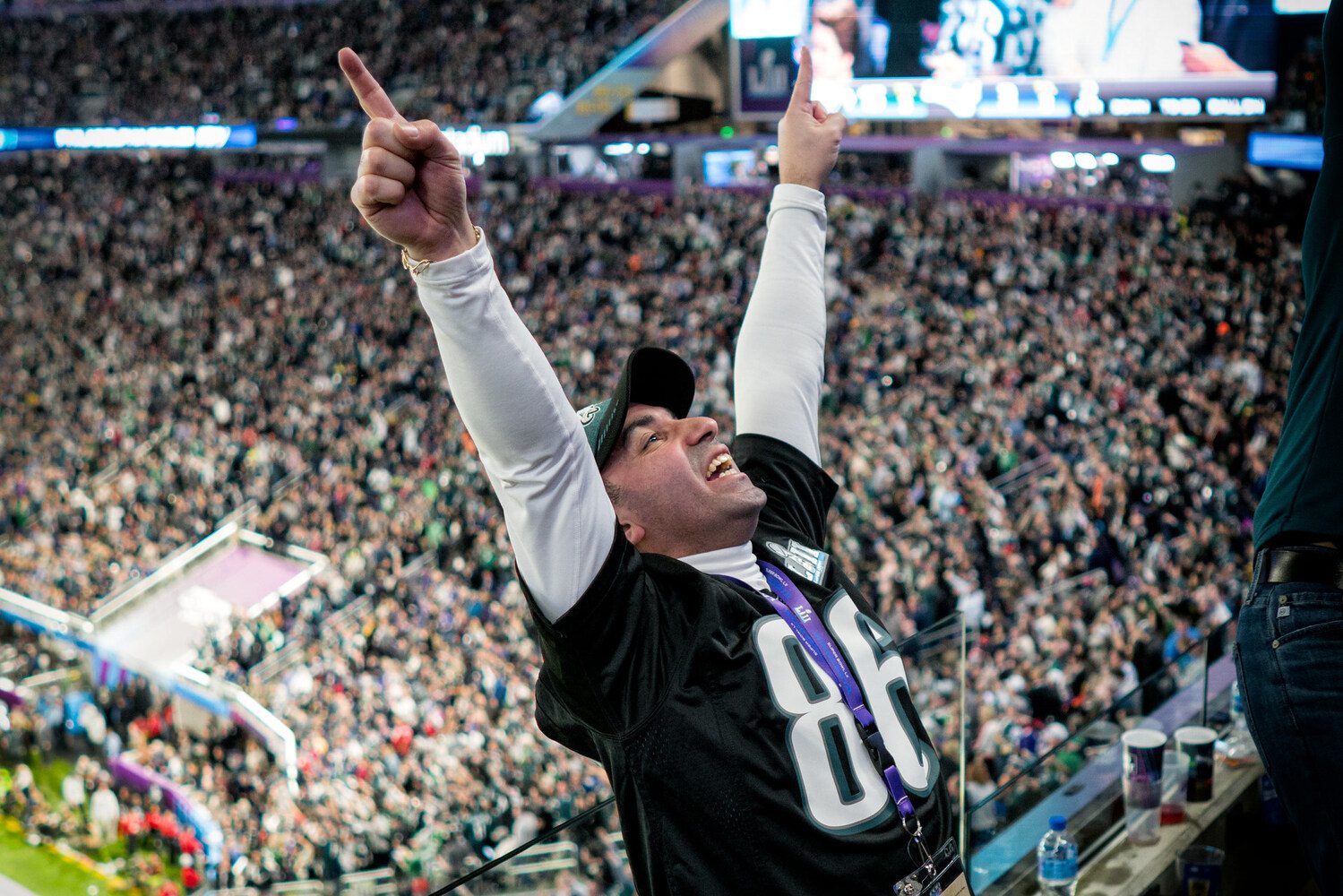
Image of fan celebrating at Super Bowl LII: Lorie Shaull/Flickr, CC BY 2.0
2020s: Record-Breaking Super Bowl Ticket Prices
Buying a Super Bowl ticket at face value has become nearly impossible in the 2020s. Those who want to attend must rely on the resale market and be prepared for sky-high costs. During Super Bowl LIV, individual resale tickets listed for over $70,000.
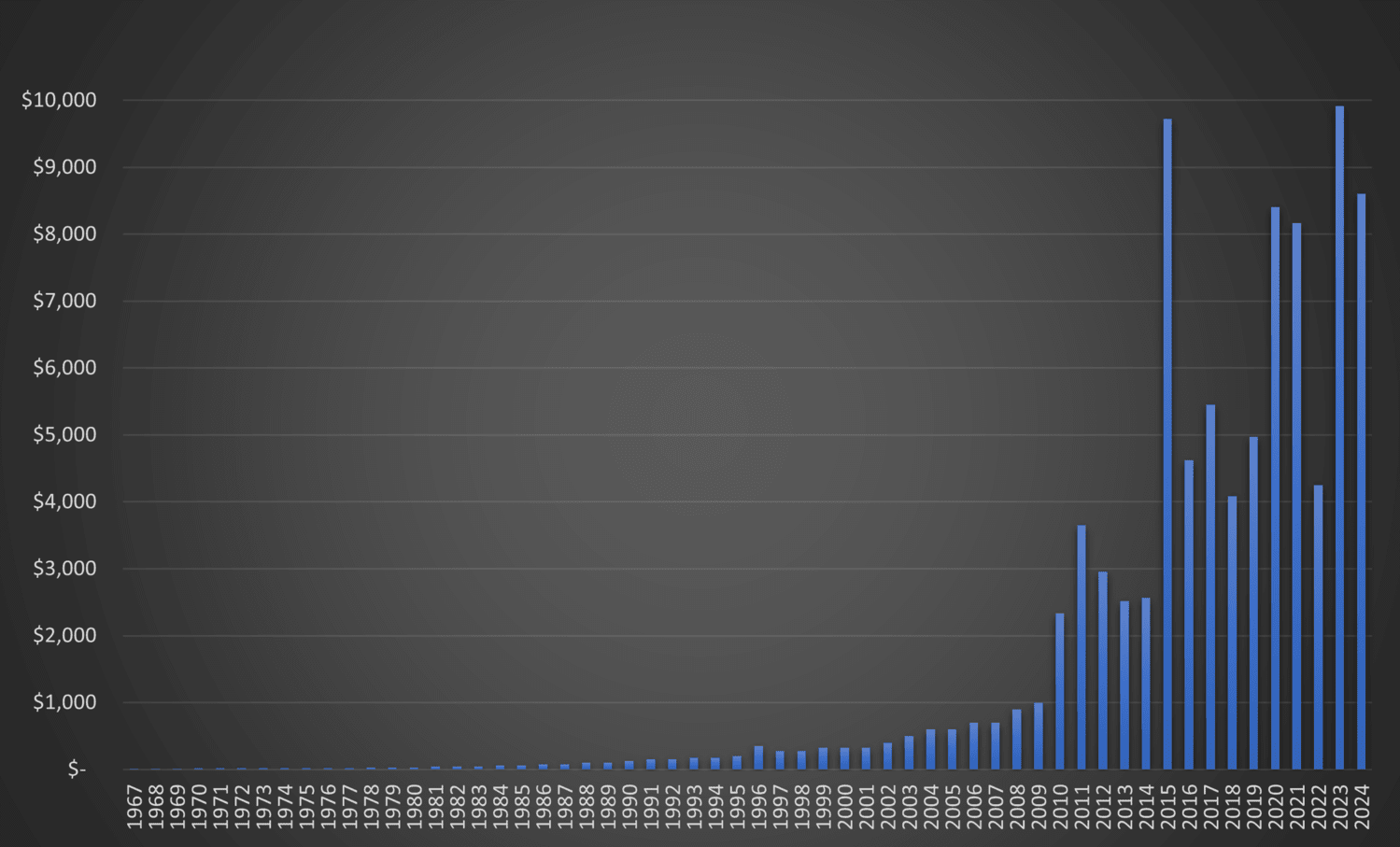
Casino.org graph showing average price of Super Bowl tickets 1967–2024
In 2021, the average resale price was $8,161—although 7,500 healthcare workers were given tickets for free as a gesture of thanks. By 2023, the average price for a ticket on the secondary market had climbed to $9,915. The upward march continued in 2024, with tickets selling for as much as $53,500 and an average of about $8,600.
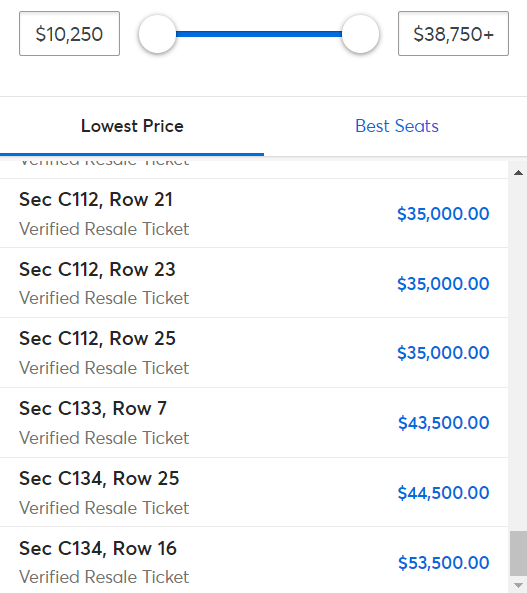
Image of Super Bowl ticket prices on Ticketmaster in January 2024
For those seeking the ultimate experience, luxury suites at Allegiant Stadium in 2024 carried price tags ranging from $800,000 to $2 million.
Why Super Bowl Ticket Prices Show No Sign of Falling
Multiple factors ensure the Super Bowl remains one of the toughest—and priciest—tickets in U.S. sports. In 2024, while over 123 million watched from home, only about 61,629 fans attended in person. This continued imbalance between supply and massive demand keeps prices rising, especially on the secondary market.
Compounding this, American consumers collectively spent an estimated $17.3 billion on the Super Bowl in 2024, from tickets to parties and merchandise. As long as interest remains sky-high and seating is limited, the premium on Super Bowl tickets is unlikely to diminish.
Conclusion: The Super Bowl’s Evolution from Bargain to Big Business
The journey of Super Bowl ticket prices mirrors the explosive growth of the event itself. What began as an accessible, modestly priced game has become an in-demand spectacle with tickets now out of reach for most fans. As viewership records continue to topple and the secondary market thrives, the Super Bowl’s ticket price trajectory shows no signs of slowing down.
For more insights into the big game, explore features such as stars who turned down the halftime show or discover the top Super Bowl coaches in history.



